
Liesel Fenner
Shepherding Public Art: The 2011 Public Art Network Year in Review
Posted by Jul 13, 2011

Liesel Fenner

Public art sheep takes a coffee break (Photo by Jed Berk)
You’re walking to your morning coffee shop passing by the regulars sitting at outdoor tables reading and sipping coffee. But wait, something is different. A guy is seated at a table with a sheep. Not a live sheep, but a white fluffy sculptural object placed on the chair next to him. Huh?
Ahhh...the beauty, surprise, and often, humor of temporary public art in spaces where one wouldn’t normally encounter art.
Who was behind this sheep ‘spotting’ moment? The City of San Jose Public Art program - the 2011 Public Art Network Year in Review Program of the Year!
A Champion Flock of Weed Eaters created by artist Jed Berk was reported and digitally recorded being spotted around the city of San Jose. A temporary public art project for the San Fernando light rail corridor, it was a partnership between the city and the 01SJ Biennial.
Weed Eaters was an anchor artwork on the front lawn of the Diridon Station where a makeshift ‘barn’ housed the flock of sheep and their ewe, a four foot tall ‘Mother Sheep’ complete with an internal computer sculpturally placed in her ‘belly’.
Read More





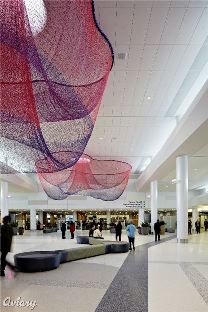

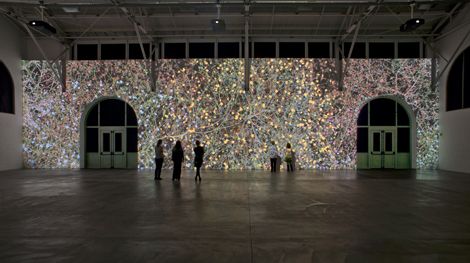
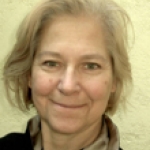

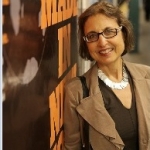







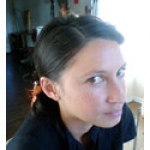
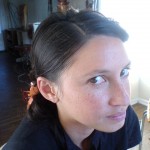
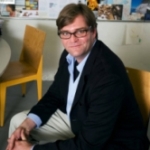
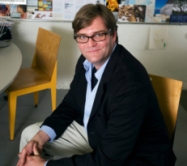

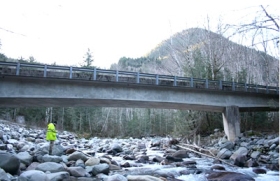








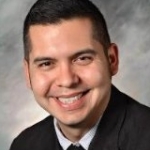

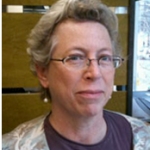

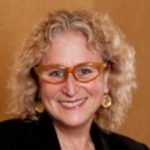



 What has been realized?...What has been dreamt and yet still a reality in the eye of the artist? In a true honouring of the precedent of the original Paris - Salon, 133 artists have been accepted into the Salon des Refuses - Sights Unseen, from 4 continents, 11 countries, ranging from well established artists; Janet Echleman, Mierle Laderman Ukeles to Vito Acconi and Buster Simpson - to emerging artists and newly minted unknowns engaging the sphere of public art with strong aesthetics of performance, process and thinking that represents a new dynamic in to address art in public space.
What has been realized?...What has been dreamt and yet still a reality in the eye of the artist? In a true honouring of the precedent of the original Paris - Salon, 133 artists have been accepted into the Salon des Refuses - Sights Unseen, from 4 continents, 11 countries, ranging from well established artists; Janet Echleman, Mierle Laderman Ukeles to Vito Acconi and Buster Simpson - to emerging artists and newly minted unknowns engaging the sphere of public art with strong aesthetics of performance, process and thinking that represents a new dynamic in to address art in public space.



